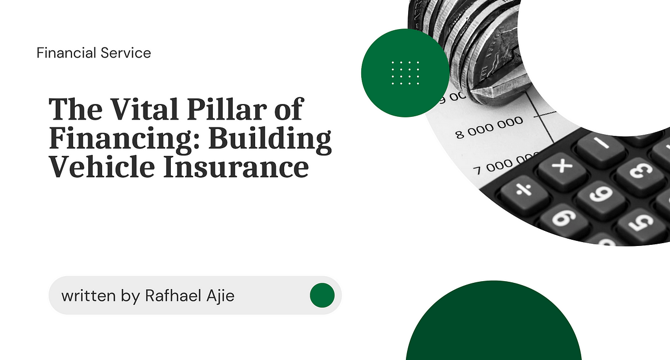Medium
2d
307

Image Credit: Medium
The Vital Pillar of Financing: Building Vehicle Insurance
- Vehicle insurance is crucial in maintaining asset value and reducing risk for both lenders and borrowers.
- It plays a significant role in loan calculations when using vehicles as collateral, ensuring preservation of the asset's value and minimizing loss risks.
- Comprehensive coverage for older vehicles (11 years or more) is often limited to Total Loss Only (TLO) due to higher risk and lower insured value.
- Depreciation of a vehicle's On The Road (OTR) value is calculated annually based on factors like age and wear, impacting insurance premiums and loan terms.
- An adjustable depreciation rate helps factor in changes swiftly, maintaining system relevance amid evolving policies or market dynamics.
- Vehicle categorization is pivotal in determining insurance premium rates, facilitating the selection of suitable insurance tariffs based on the vehicle profile.
- Premium rates are intricately calculated annually, considering factors like depreciation, to ensure accuracy and relevance over the policy term.
- Loading fees are added to comprehensive insurance premiums to cover additional risks, adjusted yearly based on set rates and vehicle characteristics.
- The final rate, incorporating basic premium and loading fee rates, dictates the annual premium payment reflecting actual risks and fair protection for all parties involved.
- The total gross premium for multiple years is calculated as the sum of annual premiums, ensuring the coverage aligns with the changing risk and vehicle value.
Read Full Article
18 Likes
For uninterrupted reading, download the app